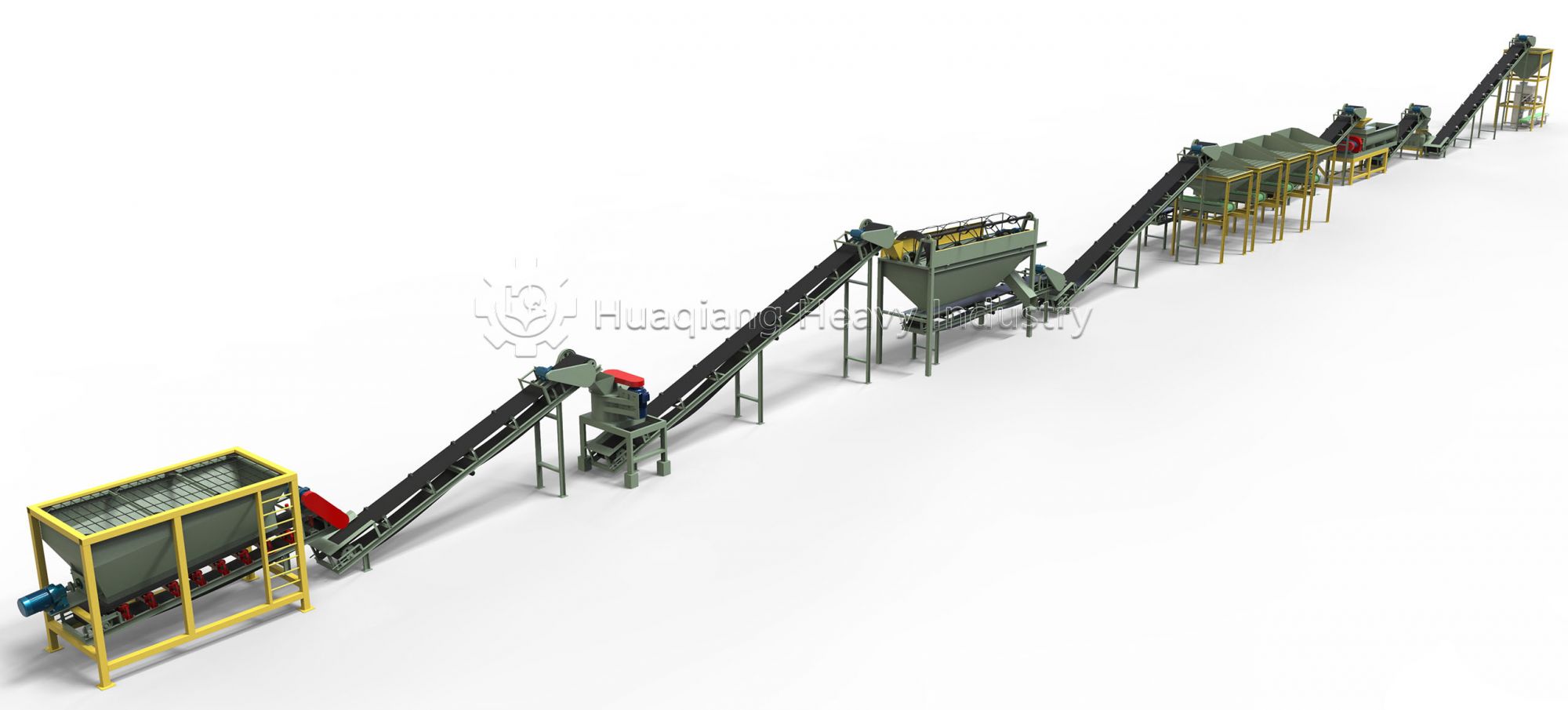From Raw Materials to Finished Products: Exploring the Precision Process Journey of Flat Die Pelleting
The Perfect Performance of Precision Process
The working process of the flat die pelleting machine resembles a carefully choreographed industrial ballet, with five interconnected processes collectively performing the magnificent transformation from loose raw materials to regular pellets. The brilliance of this process lies not only in simple physical changes but in the deep optimization of material characteristics.
.jpg)
Material Preparation
Before entering the pelleting machine, raw materials require careful “grooming.” Through preprocessing steps like crushing, mixing, and appropriate humidification, the material’s flowability and plasticity are significantly enhanced. This seemingly simple step lays a solid foundation for subsequent extrusion molding.
Precision Feeding
Pre-treated materials are evenly fed into the machine’s feed inlet through precision feeding devices, accurately entering the working area between the flat die and pressure rollers. This stage demands extreme accuracy to ensure continuous and uniform material distribution.
High-Pressure Extrusion
Between a pair of rotating pressure rollers and the flat die, materials undergo tremendous pressure extrusion. The rollers rotate in opposite directions, forcibly pressing materials into multiple holes on the flat die. The shape and size of the flat die holes directly determine the final pellet specifications.
Demolding and Cooling
Extruded pellets are pushed out from the flat die holes, forming continuous strip or ring structures. These structures are subsequently cut into pellets of desired lengths. To prevent deformation or breakage during subsequent processing, the cooling process ensures pellet structure stability.
Post-Processing
Cooled pellets require post-processing procedures including screening, grading, and packaging. These refined processes not only remove unqualified products but, more importantly, ensure the excellent quality of final products, delivering perfect pellet products to the market.

Process Essence: Perfect Combination of Pressure and Precision
The core appeal of modern fertilizer granules compaction technology lies in its sophisticated pressure control and precision engineering. Throughout the npk fertilizer manufacturing process, high-pressure extrusion within the fertilizer compaction machine ensures optimal pellet density and structural integrity, while precision mold design guarantees consistent product specifications across the entire npk production line.
This physics-based approach to fertilizer compaction eliminates the need for chemical binders, relying entirely on material characteristics and precise mechanical action within the fertilizer compactor to achieve superior granulation. This method not only ensures product purity but also significantly reduces production costs for both conventional and bio organic fertilizer production.
Modern organic fertilizer manufacturing machine systems, including advanced rotary drum granulator units, represent the evolution of fertilizer production technology. The drum granulator mechanism works in harmony with compaction technology, creating a comprehensive fertilizer machine ecosystem that serves the complete npk fertilizer production spectrum.
Each manufacturing stage undergoes meticulous optimization, where initial processes in the npk manufacturing sequence create ideal conditions for subsequent operations. The rotary granulator phase, for instance, perfectly complements the compaction stage, forming an integrated production loop that maximizes efficiency throughout the npk production line.
Leading fertilizer machine manufacturer companies continue to refine this technology, developing increasingly sophisticated fertilizer machine solutions that enhance the entire npk fertilizer production technology landscape. The synergy between different granulation methods—from compaction to rotary systems—creates a versatile manufacturing platform capable of handling diverse fertilizer formulations and production requirements.
This integrated approach to fertilizer compaction and granulation represents the future of efficient, cost-effective fertilizer production, setting new standards for quality and performance in the global agriculture industry.
Deep Embodiment of Innovative Value
The working principle of flat die pelleting machines not only showcases the precision beauty of mechanical engineering but also reflects modern manufacturing technology’s deep understanding of materials science. From biomass fuels to feed processing, from chemical raw materials to pharmaceutical products, this innovative pelleting method is providing more efficient and environmentally friendly production solutions for various industries. Its unique high-pressure extrusion technology ensures excellent product quality, while continuous production processes significantly improve production efficiency. More importantly, the entire pelleting process is green and environmentally friendly, aligning with modern industrial sustainable development concepts, truly achieving perfect unity of economic and environmental benefits.
Flat Die Pelleting Machine – Five Processes Forge Excellent Quality, Leading a New Era in Pelleting Technology